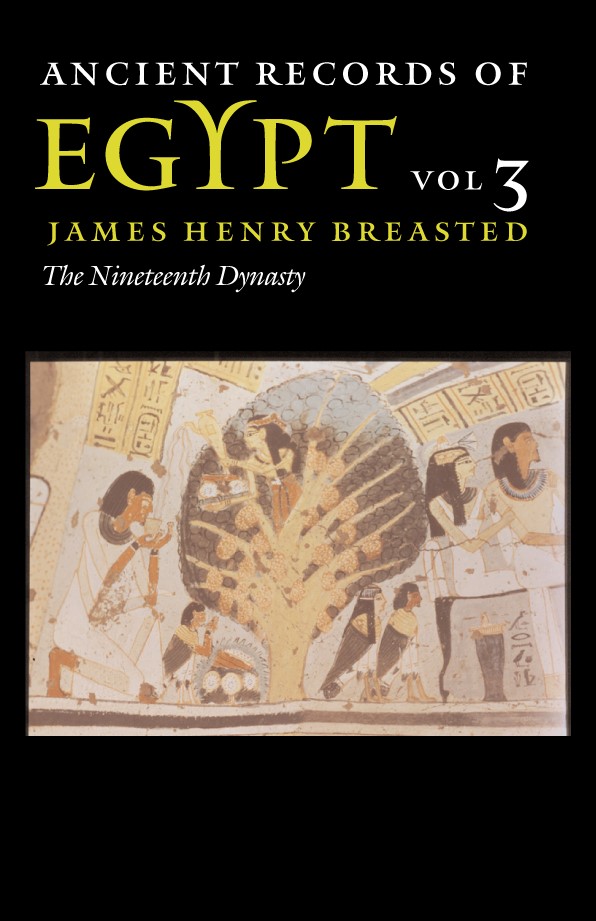About the Book
Volume 3 of Ancient Records of Egypt opens on the chaotic aftermath of King Akhenaten's religious revolution. Breasted chronicles the precarious reigns of Akhenaten's successors and the political and legal reforms of King Horemheb, who succeeded to the throne after the passing of the last members of the royal family. This volume contains the important edict of Horemheb, intended to prevent the oppressive abuses connected with the collection of taxes from the common people, and the inscriptions of Roy, high priest of Amon, showing the first transmission from father to son of the office of the high priest. In the context of a long history of mutilating and altering reliefs for political purposes, Breasted discusses the insertion into a relief of the figure of Ramesses II in order to reinforce his claim to the throne. This volume also includes the treaty of alliance that sealed peace with the Hittites under Ramesses II; a series of documents that record the invasion of Libyans and Mediterranean Sea people during the reign of Merneptah; and the Great Temple of Abu Simbel, the most remarkable of the rock-cut temples of Egypt. This first complete paperback edition of Breasted's five-volume Ancient Records of Egypt makes available to a new audience a milestone in Egyptology and in the compilation of documentary histories. Clearly annotated for the lay reader, the documents provide copious evidence of trade relations, construction activities, diplomatic envoys, foreign expeditions, and other aspects of a vigorous, highly organized, and centrally controlled society. Breasted's commentary is both rigorously documented and accessible, suffused with a contagious fascination for the events, the personalities, the cultural practices, and the sophistication these records indicate.

